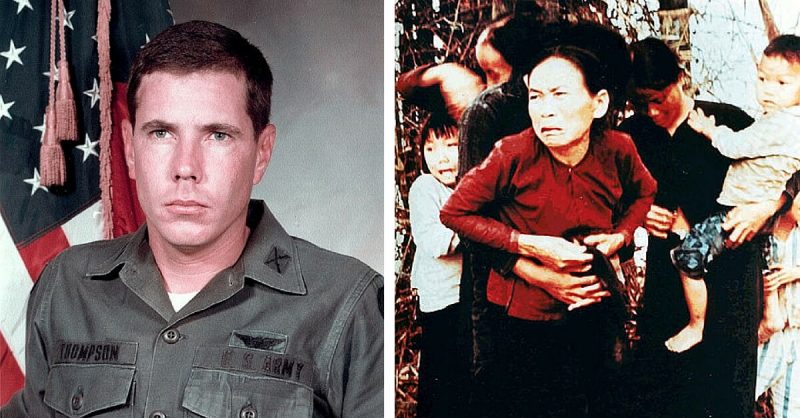On 16 March 1968, Hugh Thompson, Jr., Glenn Andreotta, and Lawrence Colburne did their best to protect Vietnamese civilians from being slaughtered. In return for their heroism, they were accused of being traitors to the United States of America.
It all began with the Tet Offensive earlier in January when the Vietcong attacked cities and towns throughout South Vietnam. The VC’s 48th Local Force Battalion had attacked the city of Quảng Ngãi before retreating back into the countryside, so the US sent out several divisions to find them.
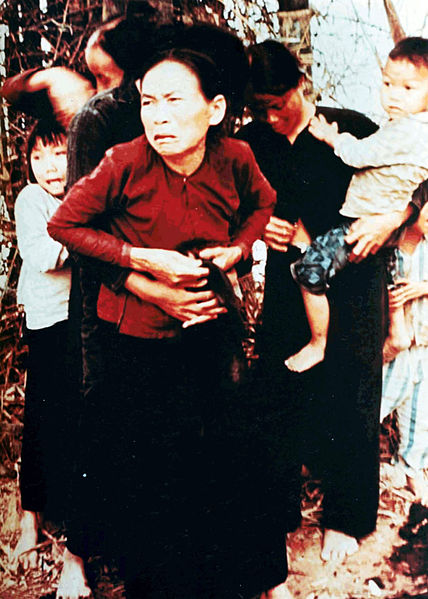
Colonel Oran K. Henderson, commander of the 11th Brigade, ordered them to wipe out the enemy. Lieutenant Colonel Frank A. Barker interpreted that to mean destroying entire villages by burning homes, killing livestock, seizing food, and polluting wells. This would punish the country folk for hosting the VC (whether they actually did or not) and prevent them from hosting in the future.
Company Charlie of the 1st Battalion, 20th Infantry Regiment, 11th Brigade of the 23rd Infantry Division was sent to Son My. Although the American press would later describe it as a single village, it wasn’t. Son My was a series of hamlets separated from each other by rice fields and connected by dirt roads. The biggest hamlets were at My Lai, My Khe, Co Luy, and Tu Cung.
As Charlie Company was helicoptered into Son My, Captain Ernest Medina told his men that the residents should have gone to the market by 7 AM. Any who remained had to either be VC or those who sympathized with North Vietnam.
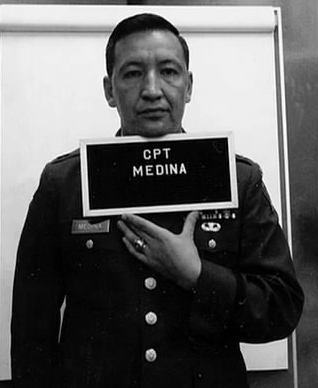
First Platoon, led by Second Lieutenant (2LT) William Calley, and 2nd Platoon, led by 2LT Stephen Brooks, entered Tu Cung. The 3rd Platoon led by 2LT Jeffrey U. Lacross and Captain Medina stayed outside.
The villagers at Tu Cung were indeed getting ready for market, while the sight of American soldiers in their fields was commonplace – so there was no sense of panic. At least until the platoons began firing at those standing in the fields.
According to machine gunner Harry Stanley, one moment there was calm and the next – the killings began. He claimed to have seen the villagers being herded into the center of their hamlet, when all of a sudden, someone from 1st Platoon stabbed a man with a bayonet. That same soldier then threw another person into a well and chucked a grenade in.
In a small temple, about 15 or 20 women and children were praying and crying when they were all shot in the head. First Platoon then led about 70 to 80 people into an irrigation ditch, pushed them in then shot them. Among the shooters was Calley. Private First Class Paul Meadio also testified that he had emptied several M16 magazines at women who held babies in their hands, believing they were booby trapped and about to attack.
Others claimed to have seen women throwing themselves on top of their children to protect them. Some of the children survived, but when they began to run away, they were shot at, too. Other women and girls were first gang raped before being killed.
At around 8:15 AM, 3rd Platoon were sent to My Hoi and Co Luy where they did the same thing. Exhausted by all the excitement, Medina ordered a lunch break at 11 AM. Once they were finished eating, the raping and killing spree continued at My Lai, Binh Tay, and the other hamlets.
Before that break, the Hiller OH-23 Raven crew finally arrived on the scene. Warrant Officer One Hugh Clowers Thompson, Jr. and his men, Specialist Four crew chief Glenn Andreotta and Specialist Four door-gunner Lawrence Colburn, saw the bodies and radioed their base for help.
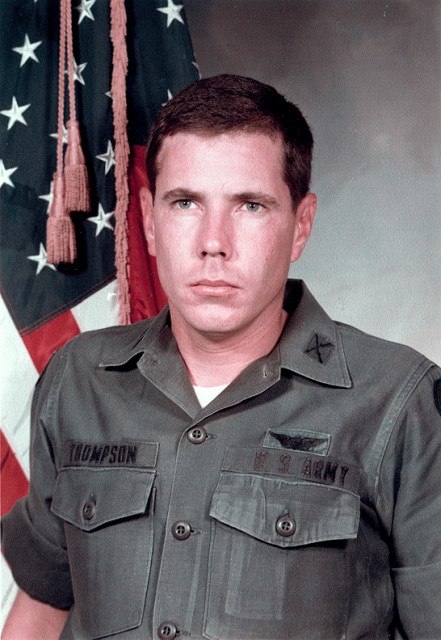
As part of Company B, 123rd Aviation Battalion, they were supposed to provide air support for the ground team. The helicopter crew at first thought that the platoons had come across a massacre. It didn’t take them long to realize that the platoons were actually the cause.
Landing near a ditch, they saw bodies in it, so Thompson asked Sergeant David Mitchell of the 1st Platoon if he needed help getting them out. Mitchell replied that Thompson could help by putting them out of their misery. Thompson then approached Calley who said he was shooting at the civilians under orders.
As the helicopter took off to report to base, Thompson saw Medina kick a woman before shooting her. Medina later said he thought the woman was holding a grenade. Landing once more, Thompson saw a group of 12 to 16 villagers huddling together at a bunker.
Approaching them were more soldiers, so Thompson ordered his crew to shoot at the men if they fired on the villagers. With Thompson standing guard, Andreotta and Colburne flew the villagers out in several groups while the platoon jeered at them. Returning to My Lai, they saved a four-year-old girl who was thrown into a ditch with her family.
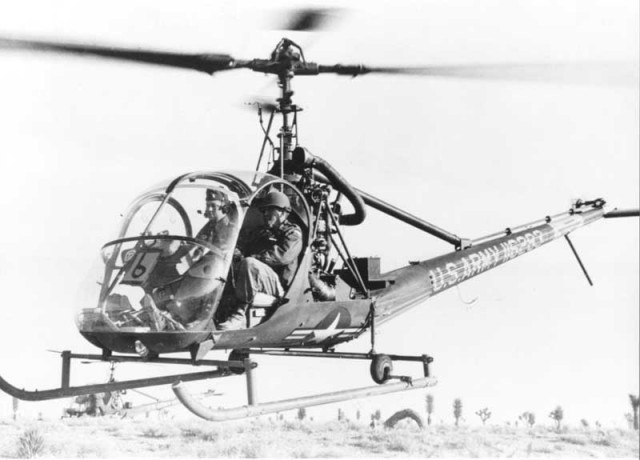
The helicopter crew returned to base to report the incident, so Barker radioed Medina and told him to stop the slaughter. The operation was deemed a success, Charlie Company were congratulated for its outstanding job, and Medina got a Letter of Commendation.
Then the military tried to cover it up, claiming it had dealt a blow to the VC. Colin Powell, then a 31-year-old Army Major, was put in charge of whitewashing the incident.
For the actions at My Lai, Thompson was awarded the Distinguished Flying Cross (DFC) and his crew members Glenn Andreotta and Lawrence Colburn were awarded Bronze Star medals. Glenn Urban Andreotta received his medal posthumously, as he was killed in Vietnam on April 8, 1968. As the DFC citation included a fabricated account of rescuing a young girl of My Lai from “intense crossfire” Thompson threw his medal away. He later received a Purple Heart for other services in Vietnam. (Wikipedia)
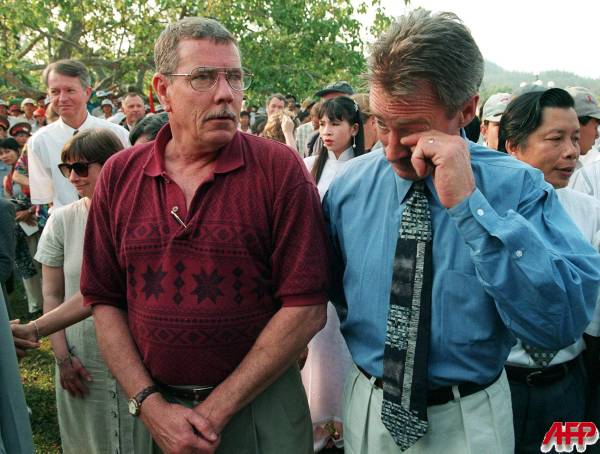
Over the next several months, however, other witnesses began to talk and their reports reached members of the US Congress. It was Seymour Hersch, an independent investigative journalist, who first broke the story on 12 November 1969 after interviewing several men, including Medina.
In November the following year, Thompson finally testified and was vilified by high ranking members of the military, as well as various senators. Congressman Mendel Rivers, Chairman of the House Armed Services Committee, even accused him of being a traitor to his country and unsuccessfully attempted to have him court-martialed.
Although some were eventually charged for their involvement, all were later acquitted. On 16 March 1988, Thompson, Colburne, other veterans, and some survivors of the massacre met at the My Lai Monument to commemorate the 30th anniversary of the incident.
Back home “I’d received death threats over the phone,” he told the CBS News program “60 Minutes” in 2004. “Dead animals on your porch, mutilated animals on your porch some mornings when you get up. So I was not a good guy.”
In 1998, the Army presented the Soldier’s Medal, for heroism not involving conflict with an enemy, to Mr. Thompson; to his gunner, Lawrence Colburn; and, posthumously, to Mr. Andreotta.
The citation, bestowed in a ceremony at the Vietnam Veterans Memorial in Washington, said the three crewmen landed “in the line of fire between American ground troops and fleeing Vietnamese civilians to prevent their murder.” (NY Times)
No US diplomats attended the event or even acknowledged that it took place.
